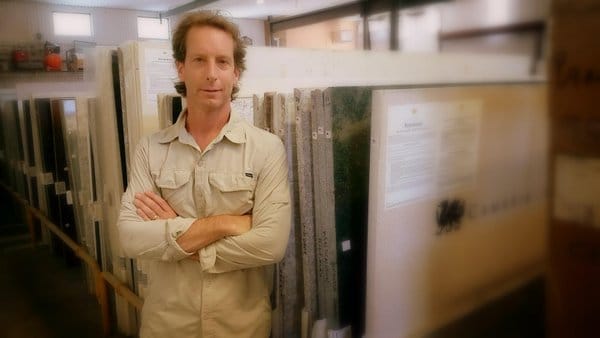It takes machinery to fabricate countertops in the stone industry: big, heavy, expensive pieces of equipment. From an accounting perspective, the value of the equipment on the shop floor is determined by a depreciation formula, which may or may not reflect its true replacement value. How much you could actually get for your equipment on the open market might be something entirely different.
There are good reasons why you should be aware of those assets’ true value. “For one, you’re going to want to know for insurance purposes what your assets are worth so you could get the proper insurance,” explains Terrance Jacobs of TCL Asset Group, a machinery management and advisory firm. “In many cases, when dealing with a bank or a leasing company, you want to pledge assets that are paid off to improve the manufacturing end of your company.”
Determining Value
The only way to know the market value of fabrication equipment is by using the Sales Comparison Approach. “Instead of just saying a piece of equipment is going to depreciate by 5 or 10% every year,” Jacobs says, “we go out into the market and we look at similar or the same items and see what they’re selling for. That’s how we determine what the asset is worth.”
Knowing the street value of your equipment can come in handy, for example, when you are ready to expand the business and want to finance capital purchases through a bank or leasing company. “It’s difficult to get money if you’re just using your receivables for collateral,” Jacobs explains. “It’s a lot easier to pledge something that’s tangible and can be resold right away.”


As a buyer and seller of specialized equipment, Jacobs has a piece of advice for anyone considering going the used machinery route. “One of the main things to look for is the date of manufacture as opposed to the date of purchase,” he says. “So when you’re looking at a piece of equipment and someone tells you that they just purchased it, you might assume that it’s brand new when it really was manufactured 15 or 20 years ago. Also, if you look at a piece of used equipment and it’s shiny and beautiful, with no scuff marks on it, you might question why it looks that way. The stonework industry is messy, there’s a lot of water, so you expect to see some wear and tear. If something has recently been repainted you might wonder what is hidden under that new paint.”
The Hidden Costs
Jacobs also cautions business owners to consider the cost of leasehold improvements as part of the total purchase price for new or used equipment. “If that equipment needs certain power going to it,” he says, “if it needs larger transformers, or a substation, or if a pit needs to be built, these are all things to consider. Because at the end of the day, if you’re spending $350,000 on a new machine there might be another $300,000 on improvements that you weren’t considering when you started out with the project.”
And, finally, start with the end in mind. If you ever wanted to sell your equipment, for example, or use it as collateral for a loan, how much would it cost to get it out of your facility? “It could be a beautiful piece of equipment; brand new and never used,” Jacobs says, “but if it’s inside four concrete walls and it was dropped in with a crane on the 10th floor of a building, it’s going to cost a lot of money to get it out. Therefore, even though it’s a really nice piece of equipment, the value’s going to go down.”
For further information on machinery appraisals you can contact Terrance Jacobs at tjacobs@managingyourassets.com
Listen to Terrance & Patrick talk about equipment value and auctions: Listen to StoneTalk »
Want to receive monthly email newsletters containing articles like this one?
[mc4wp_form id=”8081″]



